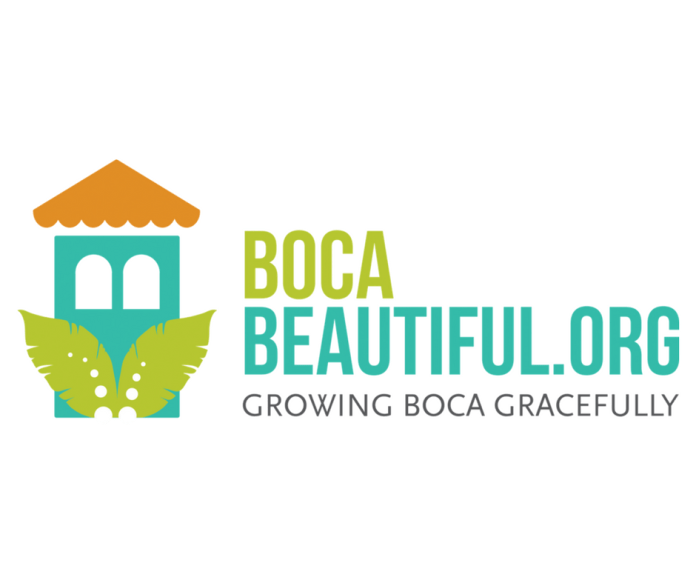I am one of the people who has read and analyzed (many times) the contents of the Pattern Book, which is also related to the Interim Design Guidelines (IDG). Also, for years, I served on, and chaired, the Downtown Advisory Committee during a timeframe when several reviews and updates were applied to the Pattern Book. I have other qualifications as well. I am a practicing engineer, I was a Residential Building Contractor, and I am a successful Business Development consultant.
With all of that said, my personal perspective regarding the Pattern Book follows, along with some recommendations. Note: I will refer to both the Pattern Book and the IDG as the “Pattern Book” for the rest of this essay.
When you take it all apart and put it back together, the Pattern Book is composed of two major themes.
Design:
– The overall “Mizneresque” appearance of buildings in the downtown.
– Massing and articulation, intended to encourage varying skylines and avoid the so-called “crew cut” look.
Height, Density, and Intensity
– The Pattern Book allows for an increase (over the established max of 100 feet) of 40 feet for habitable space, plus another 20 feet for design elements and mechanical space, allowing for a total height of 160 feet
– The Pattern Book allows for a 20% increase in habitable volume over the established rules of 4035. Proponents of the Pattern Book will insist that this is not the intent, but I can show how it is true. I will also show how it can be fixed. Let me know if you are interested….
It is worth knowing that the Pattern Book, if implemented, will be referenced or incorporated into law, which means that it might be with us for a long time – 20 years? 30 years? 50 years? Even if it is repealed sometime in the future, any development rights granted in the Pattern Book will remain forever.
My Thoughts re Design:
– The Pattern Book is very subjective. So much so, that it requires outside third party experts to determine if a design “meets the intent” of the Pattern Book. In my mind, an ordinance that is so squishy that it cannot be interpreted by the city’s Development Services team, business as usual, should not be an ordinance at all. Not too long in the future, all of us will be gone, and the subjective interpretation of the Pattern Book will be left to a team of people who know nothing of its original “intent”.
– The authors of the Pattern Book, Urban Design Associates (UDA), have so far been “the deciders” of whether a project “meets the intent” of the Pattern Book. So let me get this right: I can draft a subjective ordinance that requires me to be consulted, for a fee, on every project, forever. All of this at taxpayers’ expense – forever. Wow! Good work if you can get it……..
– Another note re UDA, who did a Pattern Book presentation and workshop on April 30th. It is ironic that what they were presenting inside the Community Center did not line up at all with the reality one could witness from standing outside the Community Center and looking towards downtown (at projects they approved). A clear case of cognitive dissonance – not seeing what you don’t want to believe……
My Opinion re Pattern Book Height, Density, and Intensity:
– In my mind, we do not need to build tall buildings to accomplish our goals. In fact we don’t really know what our goals really are, other than to be a “world class city”. When I first moved here in 1971, there were about 6000 people who lived here. The city was “world class” back then, often compared to Palm Beach, cities on the Riviera, etc. Why do we need 160 foot tall buildings to be considered “world class”? More on this later.
– One goal that has been stated is that we need to bring residents to the downtown. I think we can bring plenty of residents to the downtown in buildings of 100 feet or less. The extra 20% of habitable volume, which come hand in hand with 160 foot building heights, will not make a difference.
– If the intent of the Pattern Book is to maintain the limits on habitable volume, as is often purported, why not just say so? In the section regarding the building envelope, it can be simply stated, “In no case will the habitable volume of a Pattern Book building exceed the habitable volume of a 4035 building.”
So now let’s look at some implementations:
- The Mark: The north face employs a few of the Pattern Book design principles. The rest is nothing but sheer walls with no step-backs, massing, articulation etc. The sun rises upon First Avenue at about 11AM. Plaza Real is a true “canyon”. Flip through the Pattern Book, and see if there is any resemblance to the “intent” of the Pattern Book. It’s minimal, if at all. But it was approved. By both UDA and the CRA.
- The 155 Building: Hopefully will be a good looking building. There is some massing and articulation, but definitely not “Mizneresque”. But it was approved. By both UDA and the CRA.
- 200 East: This is a counter-example. It is a beautiful building, a work of art, that employs all of the design elements associated with the Pattern Book, but it was built according to the older established code in 4035. Thus we see that the desired results of the Pattern Book can be achieved with no Pattern Book at all!
- Bottom line: The Pattern Book does not guarantee good looking buildings – and good looking buildings can be built without a Pattern Book.
There are a lot of controversial and conflicting opinions regarding the buildings being erected based on the “intent” of IDG or the Pattern Book. In my mind, this only amplifies the concept that the Pattern Book is too subjective to become an ordinance.
Some Recommendations
– We have a lot of buildings in various stages of development. They were all approved without formal adoption of either the IDG or the Pattern Book as ordinances. On a similar note, the Pattern Book has been under development for seven years, edited many times, and still not adopted. Apparently we are getting by without it, so why create a 50-year problem by making it law? I’d suggest we quit throwing good money after bad and abandon the project, or at least start anew.
– It is a requirement that the CRA approve ALL development in the downtown, each and every project. Approvals are granted case by case, even to the extent that new ordinances are written in order to allow individual projects to be built. The Pattern Book has very little bearing on these approvals, as we have already seen. So why do we need it at all? Let’s abandon the Pattern Book since its principles are not being used as a decision template.
– A major point in the Pattern Book has to do with height and density/intensity. An increase to 160 feet in height, and an increase in habitable volume of 20%. It is my belief, in spite of all the rhetoric, that the ONLY reason developers support the Pattern Book is that it allows for larger “yields”. I’d prefer that they at least have to ask for it, rather than have it granted for free in a new ordinance.
– Residents (voters) want smaller buildings and developers want taller buildings (Smaller vs Taller, has a ring to it….). This issue will need to be solved, but the Pattern Book provides no resolution. In fact, the Pattern Book actually fans the flames of this controversy. Since the Pattern Book provides minimal practical value (my opinions above), and serves to increase the friction between residents, developers, and the CRA, my recommendation is – you guessed it – Let’s abandon the Pattern Book project.
A final thought: I believe that most/all of the friction and controversy surrounding our downtown development is the result of one thing – the lack of a vision for our city. Without it, there is no framework in which to operate. Everything is decided on a per-project, one-off basis. The vision should be much like our constitution, in that it lays out the over-arching principles which can be used to assess the fitness of a specific action, ordinance, project, etc.
The Pattern Book was, at its outset, an attempt to create such a vision. But, adopted or not, many of its principles have been largely ignored (I’ll take you on a walking tour of the downtown and show you). It creates, rather than resolves, controversy. And it does not solve any particular set of existing problems.
With all that said, I believe it is time to take another look at developing a vision for our downtown. The Downtown Advisory Committee is not addressing this issue, and its makeup and charter is not appropriate for such an endeavor. I have some thoughts about how this could proceed, and I am happy to elaborate, feel free to call and discuss. Possibly the subject of a future essay?? Anybody want to contribute some ideas??









All, I learned last night that taxpayers do not pay for the UDA approval. Instead, it is financed by developers. The good news: Taxpayers are not on the hook. The bad news: UDA collects money from those that they are supposed to be judging. Who is going to say no to the person who writes the paychecks? Too cozy for my tastes. The core issue: IDG and the Pattern Book are so convoluted that we need to have a third party evaluation. Why do we do this to ourselves when it is so unnecessary? If IDG or the Pattern Book becomes law, it will be the squishiest law ever written. So much so that it requires the authors of the law to interpret the law. Suggestion: Stick with 4035 and use discretion in approving buildings. Especially now that we have seen how this whole fiasco works in practice. Sincerely, Joe Panella